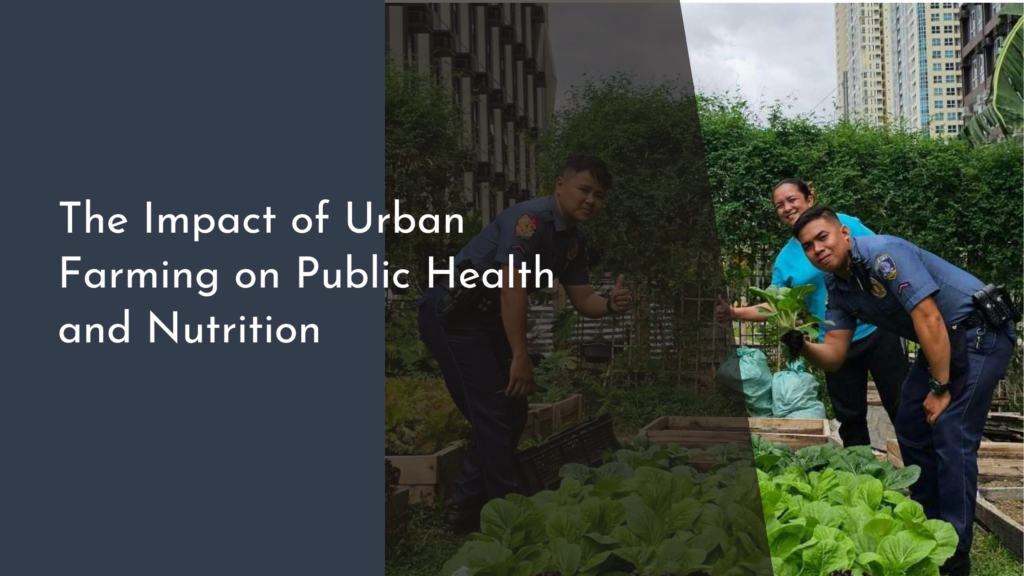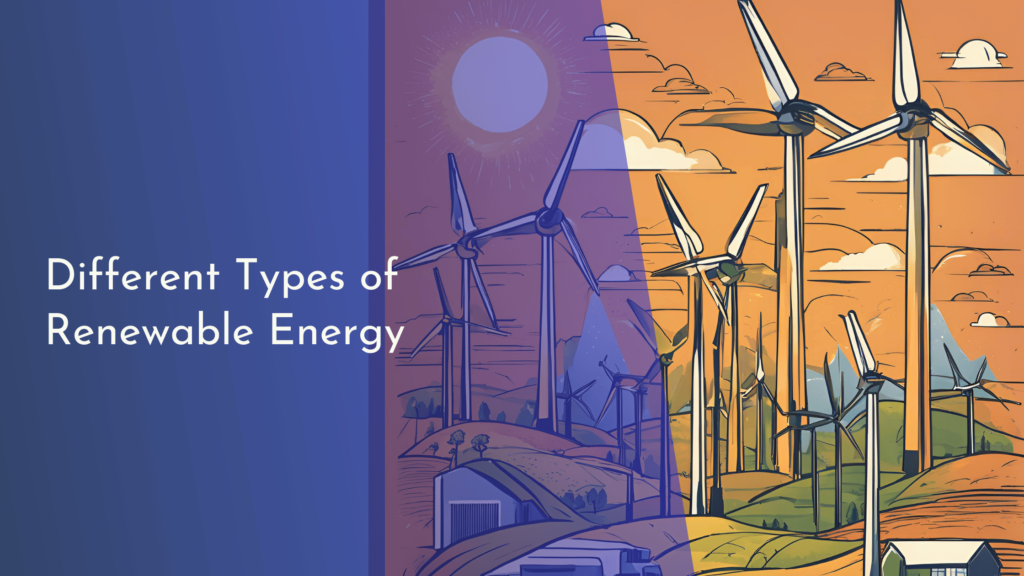Innovative models for sustainable wildlife farming
Sustainable wildlife farming has emerged as a promising solution to the challenges posed by traditional farming practices, which often deplete natural resources and threaten biodiversity. With an increasing global population and a rising demand for protein, innovative models of wildlife farming offer an exciting opportunity to meet these needs while simultaneously protecting the environment. This article explores the myriad benefits of sustainable wildlife farming, innovative techniques being employed, inspiring success stories, and future trends that may revolutionize the industry.
Exploring the Benefits of Sustainable Wildlife Farming
Sustainable wildlife farming offers a multitude of ecological and economic benefits that make it a viable alternative to conventional livestock farming. For one, it promotes biodiversity by preserving animal species that are often at risk due to habitat destruction and overexploitation. By raising these species in controlled environments, farmers can help maintain stable populations while also contributing to the conservation of genetic diversity. Furthermore, sustainable practices can significantly reduce the environmental footprint of farming, minimizing soil degradation and water pollution.
Economically, sustainable wildlife farming can create new income streams for rural communities. By integrating wildlife into agricultural systems, farmers can diversify their sources of income and reduce reliance on traditional crops and livestock. This approach not only enhances food security but also empowers local communities to engage in eco-tourism and conservation efforts. The result is a win-win scenario: thriving local economies and healthier ecosystems that benefit both wildlife and human populations.
Innovative Techniques for Eco-Friendly Animal Husbandry
Innovative techniques are at the forefront of sustainable wildlife farming, with practices evolving to emphasize ecological balance and resource conservation. One such technique is the use of agroforestry systems, where wildlife is raised in conjunction with trees and crops. This method creates a multi-layered habitat that benefits both animals and plants, promoting optimal growth while enhancing soil health and reducing erosion. Additionally, integrated pest management strategies can be employed to minimize chemical use, relying instead on natural predators to control pest populations.
Another innovative approach is the implementation of rotational grazing systems for wildlife. By mimicking natural grazing patterns, these systems promote nutrient cycling and improve pasture health. Wildlife species such as deer and bison can be rotated through different grazing areas, allowing ecosystems to recover and thrive. Furthermore, advancements in technology, such as remote monitoring and precision agriculture tools, enable farmers to track animal health and environmental conditions, ensuring that wildlife farming remains sustainable and efficient.
Success Stories: Wildlife Farms Thriving with Sustainability
Across the globe, numerous wildlife farms have successfully adopted sustainable practices, proving that innovation can lead to both ecological preservation and financial success. One shining example is the Kalahari Conservation Fund in South Africa, which focuses on sustainable game farming as a means of wildlife conservation. By integrating local communities into their farming operations, they have not only increased biodiversity but have also improved the livelihoods of the people living in the region. Their model has inspired other farms to adopt eco-friendly practices while also promoting conservation.
In Australia, the Australian Wildlife Conservancy has developed a successful wildlife farming model that emphasizes habitat restoration and species recovery. By creating safe spaces for threatened species and engaging in sustainable farming practices, they have seen remarkable recoveries in populations of native animals. Their efforts demonstrate that wildlife farming can be both profitable and beneficial for biodiversity, proving that there is a viable path forward for conservation through innovative farming techniques.
Future Trends: The Next Wave in Wildlife Farming Innovation
As the demand for sustainable food sources continues to rise, the future of wildlife farming looks promising, with several exciting trends on the horizon. One potential trend is the incorporation of biotechnology to enhance animal breeding practices. Leveraging genetic research and biotechnological advancements can help farmers develop wildlife breeds that are more resilient to climate change and disease. This approach not only enhances productivity but also supports conservation efforts by ensuring that farmed species remain genetically diverse.
Another intriguing trend is the rise of community-supported wildlife farming initiatives. These programs encourage local communities to invest in wildlife farms, fostering a sense of ownership and commitment to sustainable practices. With increasing awareness around the importance of ethical food sourcing, consumers are more likely to support businesses that prioritize sustainability. This trend could lead to a surge in demand for sustainably farmed wildlife products, further incentivizing farmers to adopt innovative, eco-friendly practices.
In summary, innovative models for sustainable wildlife farming represent a beacon of hope for the future of food production and environmental conservation. By exploring the benefits, embracing innovative techniques, celebrating success stories, and anticipating future trends, we can see a clear path toward a more sustainable and harmonious relationship with our natural world. As we move forward, it is essential to support these initiatives, encouraging a shift towards wildlife farming that not only meets human needs but also champions biodiversity and ecological health.


